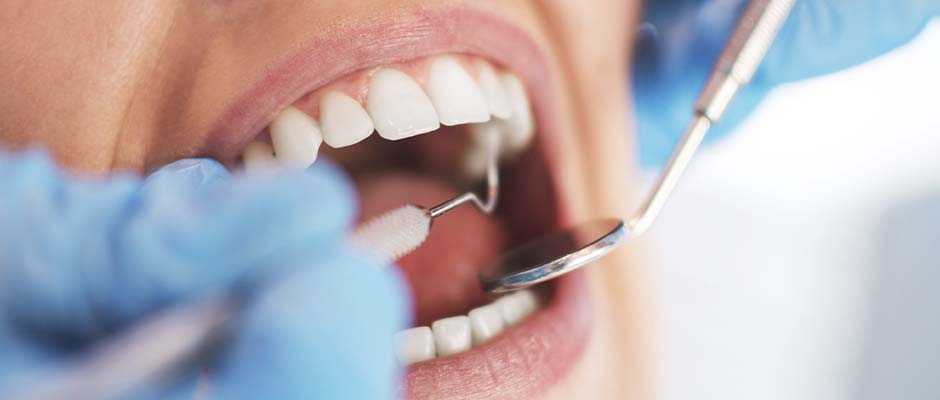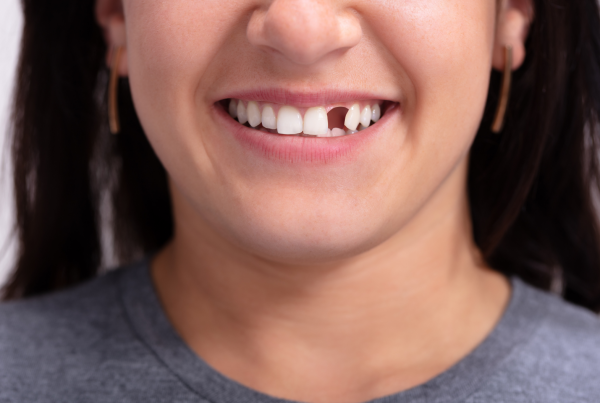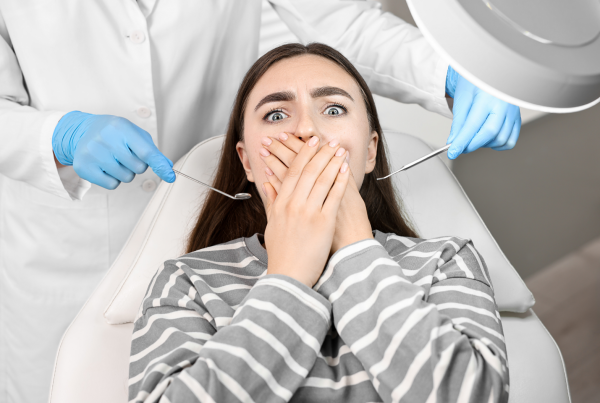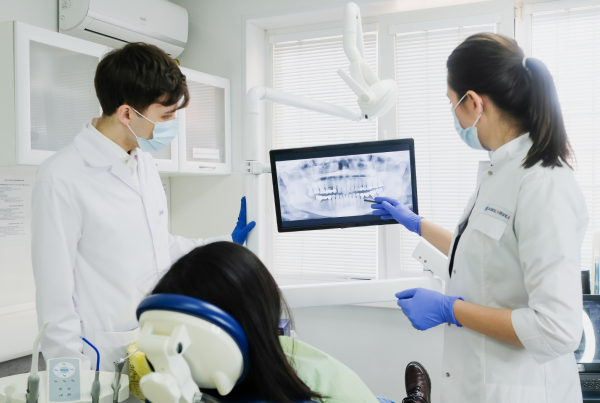Oral cancer can affect the inside of the cheeks, the lips, throat or tongue. It is a serious disease, and those over forty-five are more at risk. Early detection is vital for any form of cancer, and oral cancer can often be treated more successfully when caught early.
You may not realize that dentists are specially trained to detect early signs of oral cancer and assess a person’s risk of this disease.
What is an Oral Cancer Screening?
When a patient visits Tsawwassen Place Dental for the first time, our dentists, Dr. Sarah Harland or Dr. Tom Greene, will provide a comprehensive head and neck exam during the general dental exam. The examination is entirely painless and non-invasive, as our dentists will carefully examine the inside of your mouth, checking for any white or red patches or other signs of discolouration or areas of skin that may feel thicker or rougher to touch. They also look for sore patches or ulcers, especially those failing to heal properly. Dr. Harland or Dr. Green will gently check the lymph nodes in the neck and will use a clean piece of gauze to move your tongue out of the way so they can check underneath.
Additionally, they may use a handheld scope that emits a special light, enhancing how tissues fluoresce as any cell changes in these tissues will fluoresce slightly differently. The device does not replace the visual examination, which is considered the gold standard, but provides an enhanced view of tissues inside the mouth so that any abnormalities are easier to detect.
What are the Signs of Oral Cancer?
Some warning signs include colour changes to the tissues inside your cheeks, lips or on your tongue, such as white or red patches. The texture of tissues may change, or you could notice lumps developing. Parts of the mouth may become numb or bleed, or you could have ulcers or sore patches that fail to heal within two weeks. Other signs include noticing you have difficulty swallowing, that foods taste different, or that any oral appliances like dentures start to fit slightly differently.
Who Is More at Risk of Oral Cancer?
One of the biggest risk factors is smoking or using tobacco products. Another risk factor is excess alcohol consumption, especially for someone who smokes. Excess exposure to the sun, especially on the lips and during childhood, is another risk factor. Men are more likely to develop oral cancer than women. People who have a history of leukoplakia, where white patches develop inside the mouth, may need more careful monitoring. This can sometimes indicate precancerous changes to the tissues inside the mouth.
While there are some well-known risk factors associated with oral cancer, it’s worth remembering that around a quarter of cases occur in people who are not considered to be at increased risk, so everyone needs to be vigilant.
Preventing Oral Cancer
Although it isn’t possible to eliminate the risk of getting oral cancer altogether, regular dental visits and oral cancer screenings can help tremendously. If you smoke, think seriously about quitting, which helps protect your oral health and overall health. Make sure you use plenty of sun protection, especially on your lips, and follow a healthy diet with lots of fruits and vegetables.
If you notice any changes to your mouth between dental visits, it’s always worth contacting Tsawwassen Place Dental to talk to our friendly team. It’s always better to be on the safe side, and Dr. Harland or Dr. Greene can most likely set your mind at rest quickly.





